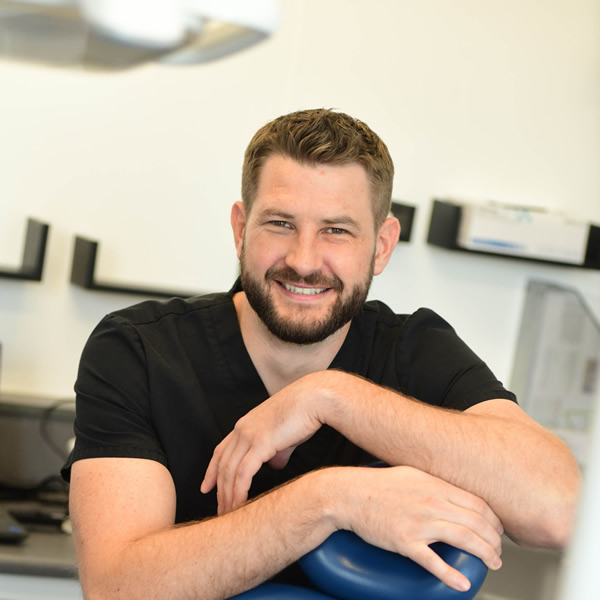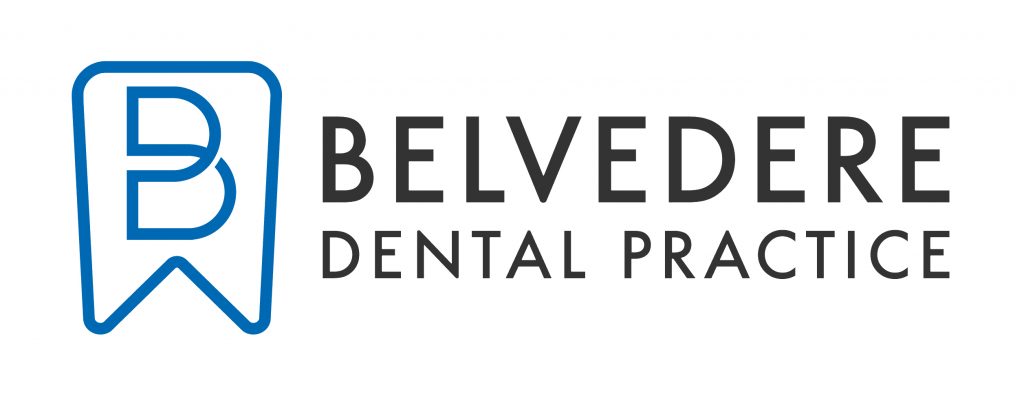Clear Aligners
Fixed Braces
Inman Aligners
What is orthodontic treatment?
Orthodontic treatment is a way of straightening or moving teeth, to improve the appearance of the teeth and how they work. It can also help to look after the long-term health of the teeth, gums and jaw joints by spreading the biting pressure over all the teeth.
Why should I have orthodontic treatment?
Many people have crowded or crooked teeth. Orthodontic treatment will straighten the teeth or move them into a better position. This not only improves their appearance, but also the way they bite together, whilst also making them easier to clean.
In some patients the upper front teeth can stick out and look unsightly. These ‘prominent’ teeth are more likely to be damaged, but orthodontic treatment can move them back into line. In others, the way the upper and lower jaws meet can cause teeth to look unsightly and lead to an incorrect bite. Orthodontic treatment may be able to correct both.
When the teeth don’t meet correctly, this can put strain on the muscles of the jaw, causing jaw and joint problems and in some cases headaches. Orthodontic treatment can help you to bite more evenly and reduce the strain.
At what age should I have orthodontic treatment?
Orthodontic treatment is generally best carried out in children, but adults can have orthodontic treatment. Age is less important than having the proper number of teeth. In children it may be necessary to wait for enough teeth to come through before starting treatment.
What is the difference between braces and aligners?
Teeth can be moved and aligned in different ways. Usually this involves either fixing the appliance to the teeth or a removable appliance.
A brace uses brackets fixed to the teeth and a wire attached to the brackets (often with elastic rings) to move the teeth.
Aligners are removable. These can range from appliances with springs and claps attached or clear aligners which are a clear plastic which sit over your teeth, these gradually change in shape moving your teeth into position as you change the aligners. Sometimes attachments are required on the teeth to help with their movements, these are usually placed with a white “composite” filling material.
How visible are they?
People tend to associate braces with “train tracks” and metal brackets and wirese. Metal brackets are still commonly used, however white brackets and wires are much more popular in the adult population seeking orthodontic treatment making them much less visible.
Clear aligners are much less visible though composite tags to aid alignment can sometimes show.
None of the options are completely invisible but it has been increasingly the aim to reduce how visible they are.
What does it involve?
The most important thing is to have a full assessment. This will usually involve looking at your teeth, taking x-rays, photographs and models or scans of your teeth.
Your dentist will then discuss with you which treatments are possible. Some tooth positions will require referral to an Orthodontist (specialist in aligning teeth) while more straightforward cases may be completed by a general dentist.
How many visits will it take?
Orthodontic appliances usually need adjusting usually anywhere between 2 and 6 weeks. Your treating dentist/orthodontist will tell you how often your appliance will need to be adjusted.
Will it hurt?
All appliances may feel strange to begin with and can cause discomfort. We try to avoid putting too heavy a force on your teeth to move them, in using milder forces it reduces the risks of other problems but also makes the experience more comfortable. Discomfort can occur from ulceration as a result of appliances rubbing on the soft tissue.
How successful will it be?
Success depends on a partnership between the skills of your treating dentist/orthodontist and the enthusiasm and help of you, the patient.
It is important to attend regularly and carry out any instructions you are given by your dentist/orthodontist.
Is orthodontic work permanent?
Even after retention, it is normal for minor tooth movements to happen throughout your life, so no permanent guarantee can be given. However, the importance of retention in keeping your teeth in position can not be over emphasised. If you do not wear retainers the teeth will move back.
Where can I have treatment?
Our Principal Dentist Dr Anthony Davies provides some orthodontic treatments on simple cases. Alternatively we have a number of local orthodontic providers we can refer you to.
Please ask your dentist if you are not sure and they will guide you.
Please note that you must be dentally fit and stable in order to undergo orthodontic treatment and a referral will not be made unless this is the case.

About Belvedere Dental Practice
Belvedere Dental Practice in Workington is a reputable dental clinic that offers a wide range of high-quality dental services for both children and adults. With a team of experienced and skilled dentists, the practice provides comprehensive oral health care, including routine check-ups, preventive treatments, restorative procedures, cosmetic dentistry, and emergency services. The clinic’s child-friendly environment is designed to make young patients feel comfortable and at ease during their visits, helping to build positive associations with dental care from an early age. Using state-of-the-art technology and advanced techniques, Belvedere Dental Practice ensures that patients receive the most effective and personalized treatment plans to achieve optimal oral health outcomes. Whether you need a simple cleaning or a complex intervention, the professional team at Belvedere Dental Practice is dedicated to providing exceptional care tailored to your individual needs.

